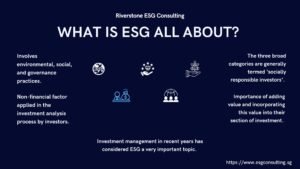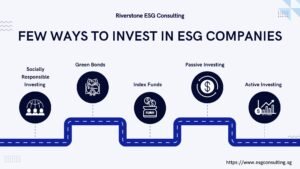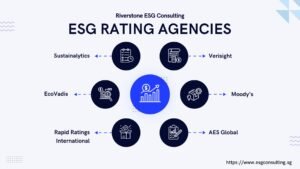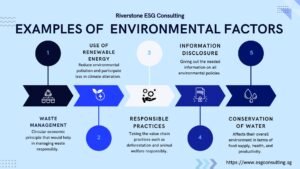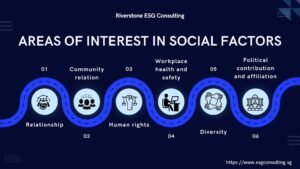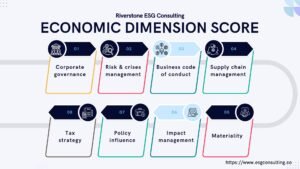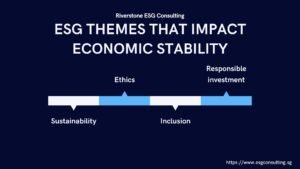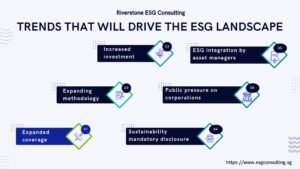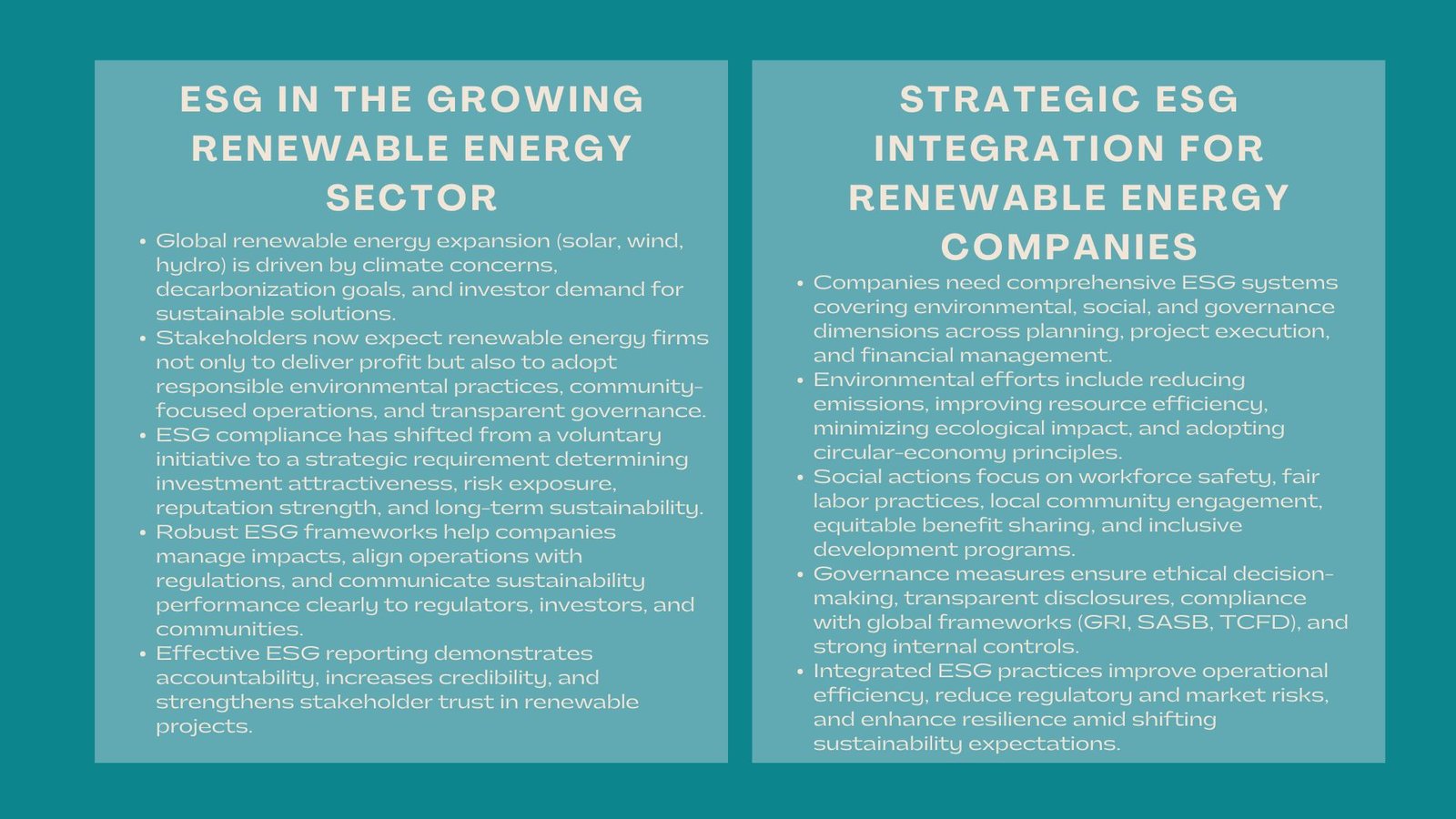Best ESG Portfolio Analysis Services in Singapore – For Investors & Asset Managers
Introduction
Investors and asset managers in Singapore are finding that they are in a new reality where financial analysis does not fully reflect the risk and opportunity environment. The returns and access to capital are now being determined by sustainability factors such as climate risk, labor standards, governance practices, biodiversity exposure. With the world becoming one global system and local policies becoming stricter, portfolio teams need to know how ESG factors and the traditional financial drivers can interplay with each other in order to make more informed investment decisions.
This paper describes how a Singapore-based investor should expect to see best-in-class ESG portfolio analysis, how it is combined with portfolio construction and stewardship, and what services to expect the asset manager to provide through a specialist firm, both to help in compliance and to help in alpha generation, as emphasized in the certified ESG course Singapore Riverstone experts training modules.
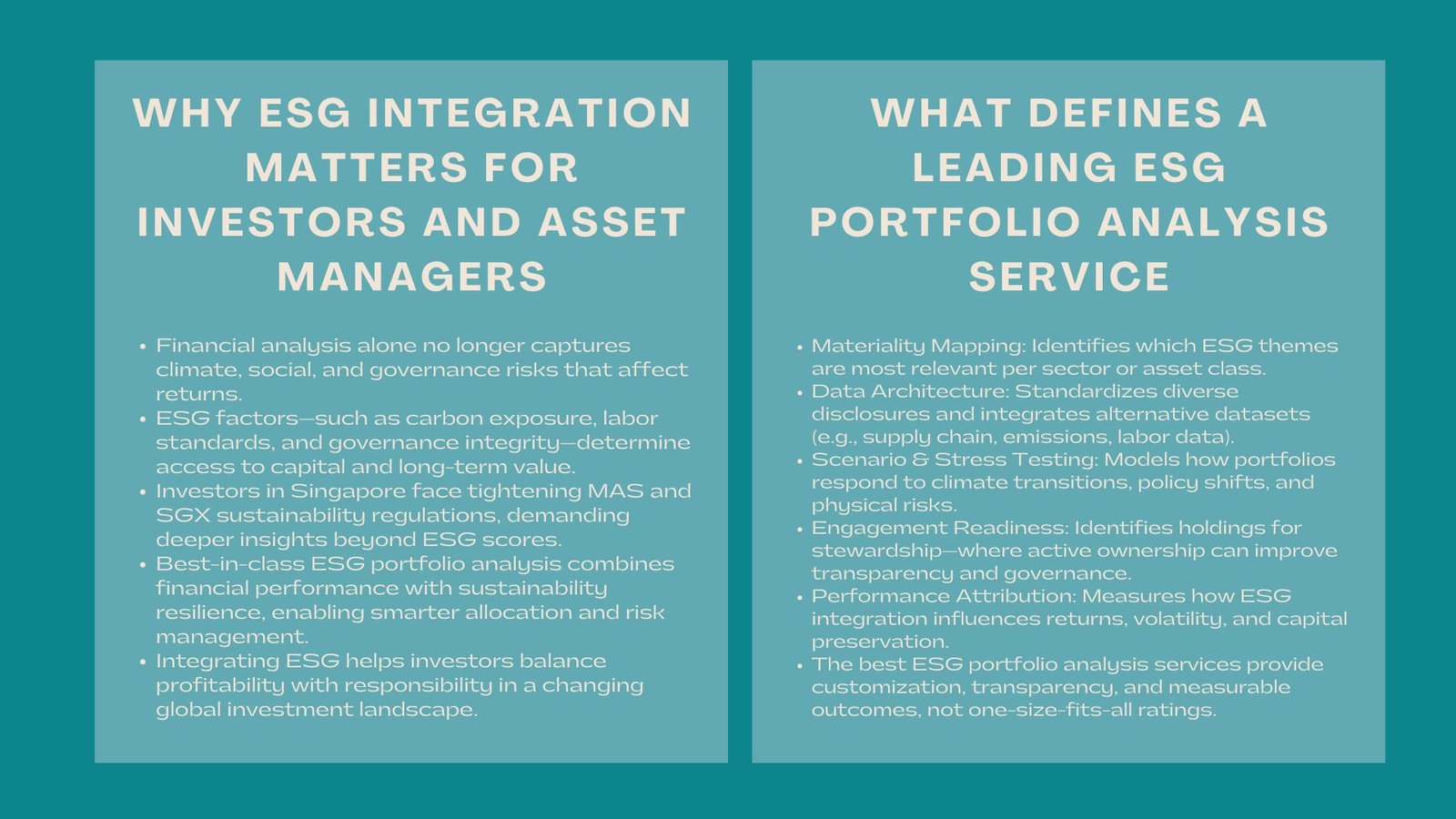
Reinventing Portfolio Analysis: Forget Scores and Labels.
Conventional ESG reporting tends to simplify the company behavior into one score. Although there is a place of scores, they may conceal content. Using the most effective ESG portfolio analysis, one will dig into the motivation behind a score: sector exposures, revenue stream based on transition risk, concentration of Scope 3 emissions, supply-chain weakness, and red flags on governance that may cripple performance.
Nourishing analysis is a combination of both quantitative screening and qualitative research. Quant models issue red flags on potential hotspots; the on-the-ground research and engagement justifies and puts those red flags into perspective. As an example, two corporations with equal carbon intensity can have radically different transition plans, one that has plausible capex and supplier program, and the other taking offsets. Portfolio decisions must have that subtlety.
Essentials of a successful ESG Portfolio Analysis.
There are some interlocking components of an advanced ESG portfolio review. To begin with, materiality mapping helps to locate which ESG themes are the most significant to every sector and strategy. Second, data architecture makes collection standardized and normalizes measure between issuers and asset types. Third, scenario testing and stress-testing measure how portfolios respond to regulatory, physical, and transition shocks. Fourth, engagement readiness is an evaluation of what holdings can be subjected to interventions of stewardship.
In practice, asset managers often rely on professional ESG portfolio analysis services for asset managers in Singapore to build and operate these capabilities. Good providers are able to offer a comprehensive service that enables investment teams to respond to the questions like: Which holdings would be most affected by carbon pricing? In what locations are the social risks clustered in the supply chain? What are the governance practices that are associated with operation outperformance within a particular region?
Integrating ESG to Asset Allocation and Risk Budgets.
It is not only retroactive screen that should be influenced by ESG. This implies the integration of ESG-based risk premia into optimization models and the fact that ESG-related liquidity and tail-risk must be taken into account in the sizing of positions. In the case of multi-asset portfolio, ESG portfolio analysis should be cross-asset: sovereign exposures should be measured by means of various revealing (climate vulnerability, governance stability) than corporate credit (scope of transition risk, labor practices).
Further advantage of applying ESG to risk budgets is to asset allocators. An ESG-conscious risk budget could limit its exposure to areas where transition risk was underestimated and also inject additional capital into issuers that have made plausible decarbonization policies. These operational changes can enhance resilience at the expense of long term returns.
Participation, Stewardship and Active Ownership.
Another unique aspect of portfolio analysis is deciding where the needle can be shifted by engaging. The high-impact areas of engagement should be identified in the analysis and this should be those areas where stewardship is most likely to achieve improvements in the disclosures, governance or operations. Engagement has become a component of the alpha toolkit of many institutional investors: increasing dialogues with the management, organizing with other shareholders, and proxy voting in a strategic manner.
Best advisory services do not end with recommendations, but they come with engagement playbooks: KPIs to follow, escalation schedules, and metrics to track the progress. They also record the results on the part of limited partners and regulators showing that stewardship is effective and principled.
Performance Attribution: Sarah Measuring the Impact of Investing ESG.
Asset managers should be in a position to demonstrate the impact that ESG factors had on performance. Attribution models should distinguish performance based on traditional drivers (sector bets, style), and ESG-based impacts (e.g., reduced drawdowns as a result of improved governance or returns because the company invested in green technology that was the first mover). Transparent attribution can assist asset owners to know whether or not ESG integration is saving capital, lessening volatility or bringing alpha.
Portfolio analysis advisors should provide attribution tools which can crosswalk the results of ESG engagement to financial metrics to allow investment committees to make informed decisions regarding product positioning and structure fees. Several sources could provide valuable information on this topic.Data quality is the mainstay of an intensive ESG portfolio analysis. Providers are now integrating corporate disclosures with alternative data, satellite imagery of operational footprints, supply chain shipping data, databases of labor incidents and natural language processing of regulatory filings and press coverage. Such streams of data can supplement areas of traditional reporting deficiency.
Strict data governance, validation processes and version controls need to be insisted upon in investment teams. The most responsive service providers have systems that take in many feeds, coordinate indicators, enable portfolio teams to make ad-hoc queries and scenario analyses.
Reporting and Regulatory Integrity.
Managers based in Singapore work in a restricting compliance field. MAS instructions and SGX disclosure expectation presuppose written procedures of ESG assessment and reporting. The portfolio analysis services are thus expected to map the findings against applicable regulatory frameworks and assist companies in producing audit disclosures that are investor and regulator friendly.
This comprises the provision of standard investor reporting (e.g. TCFD aligned climate risk summaries), ESG-based KPI dashboards, and due diligence supporting documentation responses to institutional allocators.
The choice of an ESG Portfolio Analysis Partner What to Expect.
In choosing an external provider, investors and asset managers ought to seek a partner, which offers a combination of both financial market experience, data engineering solutions and engagement solutions. They include demonstrable processes on: sector materiality design, cross-asset measurement, scenario, and stress testing, engagement planning and reporting templates that are investor-aligned.
In the case a firm is promoting turnkey services, make sure he does the customization as well – asset managers have varying mandates and time horizons and analysis should reflect the limitations. There should be transparency in terms of methodology and provenance of data; no black-box solutions that generate headline scores and cannot be traced back to the data.
Case Study Snapshot: From Exposure Mapping to Better Outcomes
A Singapore-based asset manager discovered through expert ESG investment portfolio assessment solutions in Singapore that a core industrial holding had significant Scope 3 emissions originating from a few large suppliers. The analysis suggested specific interaction and redistribution of capital in suppliers who had invested in processes that were low carbon. Following a comprehensive engagement process, the issuer became better at supplier contracts and disclosed a governmental supplier decarbonization schedule. The manager kept the holding and enjoyed better disclosures and less risk of regulatory risk exposure whilst enhancing the relationship with the limited partners who insisted on transparency.
Asset Manager Checklist
Stakeholders In a move to operationalize the analysis of ESG, portfolio teams ought to take a checklist: specify sector-scale materiality; ensure the standardized metrics of ESG in portfolio systems; conduct a scenario analysis on climate and social stressors; establish priorities in engagement; report on stewardship KPIs; and establish a portfolio reporting rhythm. Such practical model transforms ESG into an imaginary requirement into a plan of portfolio conduct that safeguards and may lead to superior returns.
Conclusion: Best ESG Portfolio Analysis Services in Singapore
The ESG portfolio analysis in Singapore is evolving past the tick-box analysis to a complex discipline that is informative to allocation, stewardship and performance measurement. In the case of asset managers and institutional investors, the correct analysis will turn ESG into a strategic asset – better risk management and investor confidence and new investment opportunities. The ability to make ESG integration a valuable and quantifiable process is fundamentally reliant on how well a partner is prepared with a solid understanding of capital markets, strong data capabilities and a pragmatic outlook on outcomes. Increasing the sustainability of portfolio returns is increasingly making resilience more important in portfolio decisions, so build analysis into the center of investment decisions.

